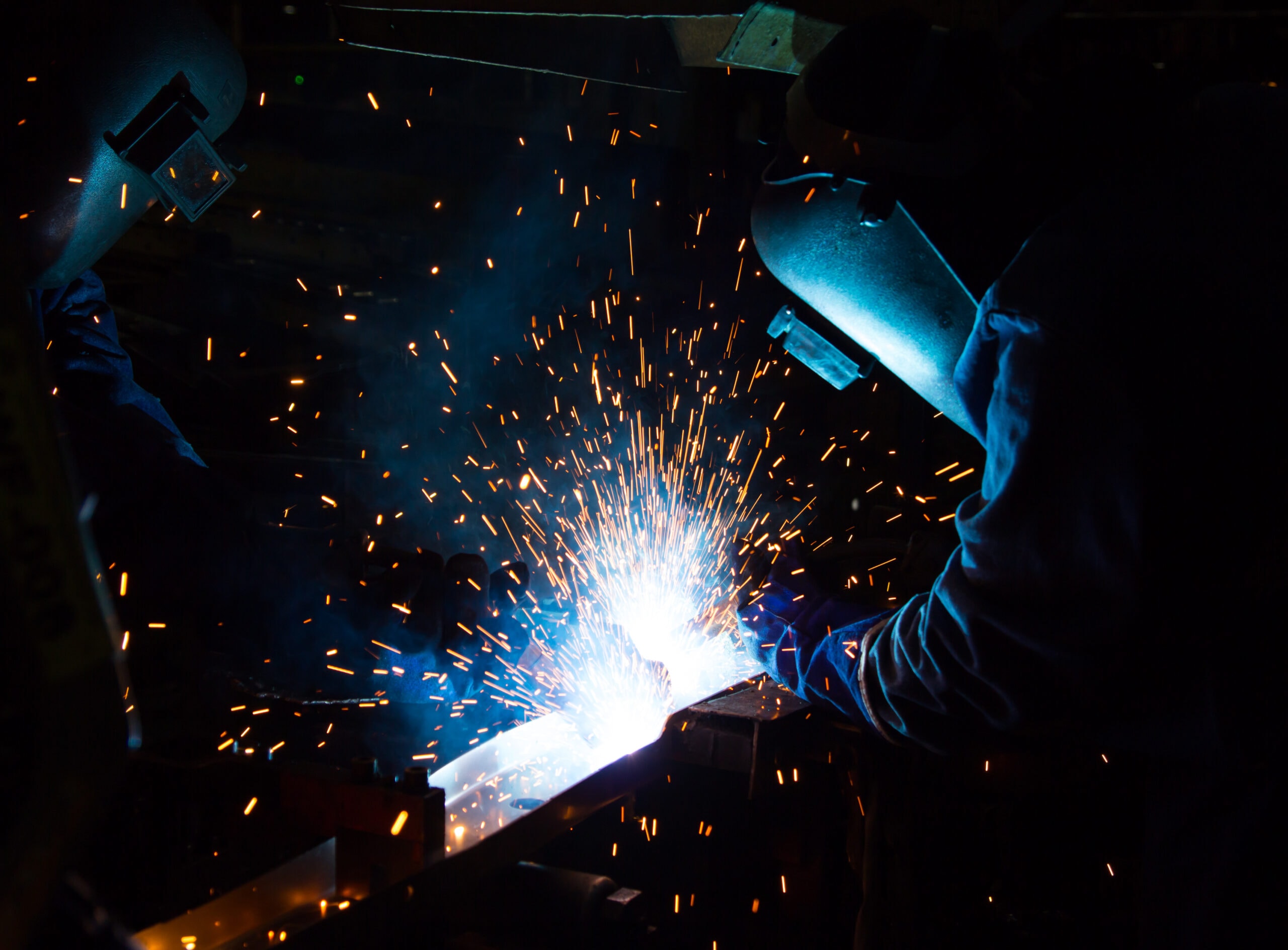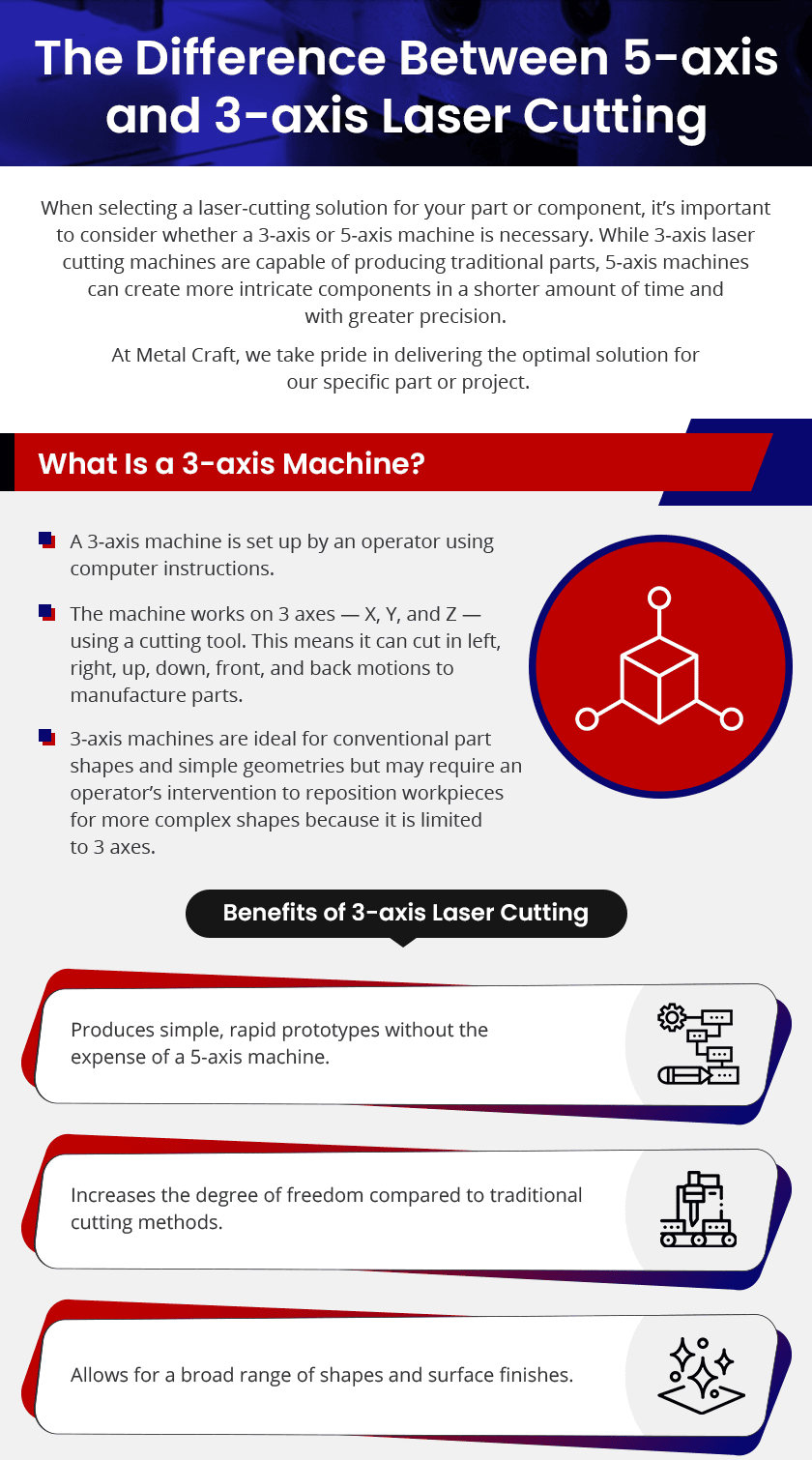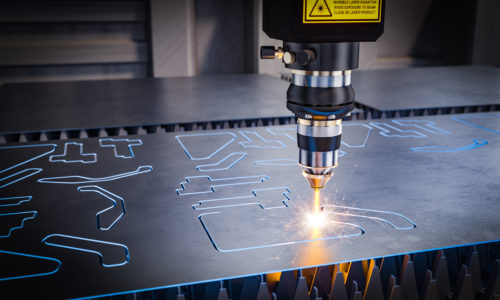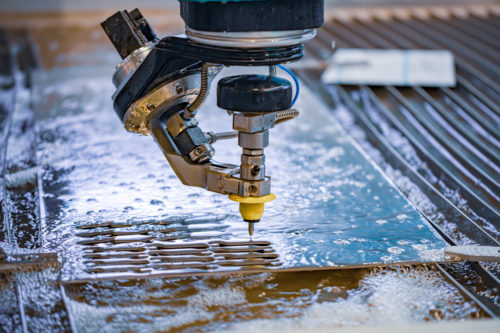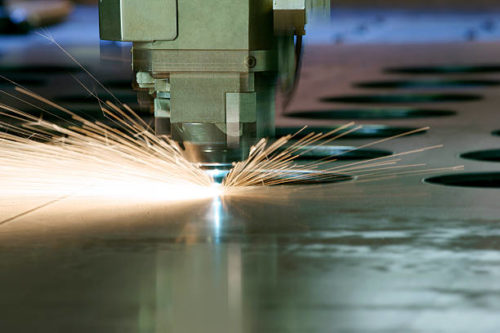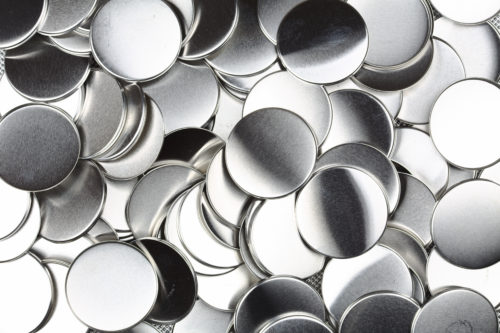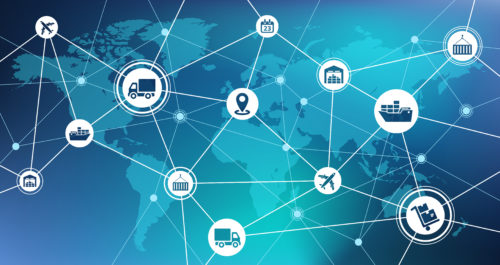Maximizing Precision in Laser Cutting: Tips and Best Practices
Comments Off on Maximizing Precision in Laser Cutting: Tips and Best PracticesPrecision laser cutting is a popular manufacturing process for its ability to produce high-quality, detailed cuts with remarkable accuracy. This technology has revolutionized how industries approach metal fabrication, enabling them to produce highly complex components with repeatable precision and efficiency. However, precision laser cutting services must follow specific guidelines and best practices to make the most of the process. Here’s how we maximize precision and quality in any laser cutting project.
Machine Maintenance
Maintaining the laser cutting machine is paramount to optimal performance and precision. Regular cleaning of the machine’s exterior is important, as dust and debris can obscure the laser beam’s path and result in inconsistent cuts. We use a soft cloth and compressed air for routine cleaning, with special attention to vents, mirrors, and lenses.
The cutting head, which houses the focusing lens and other critical components, demands careful cleaning according to the manufacturer’s guidelines. This might involve specific solvents or wipes designed to remove contaminants without damaging the sensitive parts. Cleaning these components maintains the laser’s accuracy and extends the machine’s lifespan.
Mirrors and lenses also require meticulous handling with appropriate cleaning solutions while avoiding direct manual contact. Only manufacturer-approved tools and techniques like lint-free cloths and optical-grade solvents should be used, to prevent scratches or other damages.
Regular inspections of the cutting head can identify potential wear and tear, allowing for timely replacements. Damaged nozzles or focusing lenses can compromise cutting precision. We also ensure proper gas flow (99.99% purity) and pressure, as they significantly influence the cut’s quality.
Material Selection
Choosing the right material is a critical step in precision laser cutting. Here are the material factors to consider for optimal laser cutting services:
- Material purity: High-purity materials with minimal impurities tend to have cleaner cuts, as contaminants can interfere with the laser beam.
- Material thickness: Choose substrate thicknesses within the laser beam’s effective cutting range. Cutting materials thicker than this range can result in lower precision and even tool damage while cutting thinner materials can lead to overcutting.
- Material reflectiveness and conductivity: Reflectivity and thermal conductivity also play a significant role. Reflective materials like copper or aluminum may need special handling to maintain cutting precision. Adjustments in cutting parameters are necessary for copper and other materials with high thermal conductivity to dissipate heat efficiently.
Design Optimization
Component design also plays an important role in the precision of five-axis laser cutting. These are the main points to consider:
- Sharp angles: Avoiding sharp corners and tight angles can prevent burning or melting. We opt for smoother transitions wherever possible to minimize material stress and stay within the natural limitations of laser-cutting equipment.
- Minimize changes in tool path: We choose designs that keep changes to the cutting head’s rotation and tilt to a minimum. Doing so reduces inaccuracies and travel time associated with repeated repositioning.
- Compensate for kerf: Accounting for the width of the cut, or laser kerf, is essential for accurate part production and assembly. Our design software automatically compensates for kerf.
- Tab and slot optimization: Good tab and slot connections allow for a perfect fit without having to use too much force. Joints that are too tight can warp the components over time, while loose joints can compromise the accuracy of the assembly. Our design software produces precise interlocking features in the final parts.
Precision Laser Cutting Services From Metal Craft Spinning and Stamping
Precision laser cutting is a cornerstone of modern manufacturing, offering the accuracy and efficiency required for high-quality metal fabrication. By adhering to best practices in machine maintenance, material selection, and design optimization, Metal Craft Spinning and Stamping ensures that each project meets or surpasses expectations.
Request a quote or contact us for more information about our metal fabrication capabilities.






